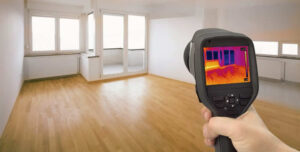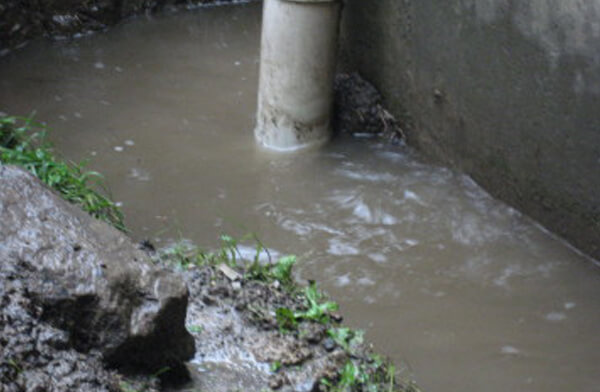How to Locate as well as Repair Work Water Leaks-- A Comprehensive Guide
How to Locate as well as Repair Work Water Leaks-- A Comprehensive Guide
Blog Article
We have encountered this post on Finding hidden leaks directly below on the net and accepted it made perfect sense to share it with you in this article.

Early discovery of leaking water lines can minimize a prospective disaster. Some small water leakages may not be noticeable.
1. Analyze the Water Meter
Every residence has a water meter. Inspecting it is a proven way that aids you discover leakages. For starters, turn off all the water sources. Ensure no person will flush, make use of the faucet, shower, run the cleaning maker or dishwashing machine. From there, go to the meter and also watch if it will alter. Since no one is using it, there need to be no movements. That shows a fast-moving leak if it relocates. Likewise, if you discover no changes, wait a hr or two as well as examine back once again. This indicates you might have a slow leak that might also be below ground.
2. Examine Water Intake
Assess your water bills and track your water consumption. As the one paying it, you ought to discover if there are any type of disparities. If you detect sudden changes, despite your consumption being the same, it implies that you have leaks in your plumbing system. Keep in mind, your water expense must drop under the exact same variety each month. An abrupt spike in your costs shows a fast-moving leakage.
A stable increase every month, also with the exact same practices, shows you have a slow-moving leakage that's likewise slowly escalating. Call a plumber to thoroughly examine your building, specifically if you really feel a warm area on your flooring with piping beneath.
3. Do a Food Coloring Test
When it comes to water usage, 30% comes from commodes. If the color in some way infiltrates your dish during that time without flushing, there's a leak in between the container as well as bowl.
4. Asses Exterior Lines
Don't neglect to inspect your outside water lines too. Must water permeate out of the connection, you have a loose rubber gasket. One little leakage can squander bunches of water and surge your water costs.
5. Assess the circumstance and also inspect
House owners should make it a practice to examine under the sink counters and also also inside cabinets for any bad odor or mold and mildew development. These 2 warnings show a leak so timely interest is needed. Doing regular inspections, even bi-annually, can save you from a major issue.
Check for discolorations as well as compromising as most pipes and also home appliances have a life expectations. If you presume leaking water lines in your plumbing system, do not wait for it to intensify.
Early detection of leaking water lines can minimize a prospective disaster. Some small water leaks might not be noticeable. Checking it is a proven method that helps you uncover leakages. One tiny leakage can lose loads of water and increase your water bill.
If you believe dripping water lines in your plumbing system, do not wait for it to escalate.
WARNING SIGNS OF WATER LEAKAGE BEHIND THE WALL
PERSISTENT MUSTY ODORS
As water slowly drips from a leaky pipe inside the wall, flooring and sheetrock stay damp and develop an odor similar to wet cardboard. It generates a musty smell that can help you find hidden leaks.
MOLD IN UNUSUAL AREAS
Mold usually grows in wet areas like kitchens, baths and laundry rooms. If you spot the stuff on walls or baseboards in other rooms of the house, it’s a good indicator of undetected water leaks.
STAINS THAT GROW
When mold thrives around a leaky pipe, it sometimes takes hold on the inside surface of the affected wall. A growing stain on otherwise clean sheetrock is often your sign of a hidden plumbing problem.
PEELING OR BUBBLING WALLPAPER / PAINT
This clue is easy to miss in rooms that don’t get much use. When you see wallpaper separating along seams or paint bubbling or flaking off the wall, blame sheetrock that stays wet because of an undetected leak.
BUCKLED CEILINGS AND STAINED FLOORS
If ceilings or floors in bathrooms, kitchens or laundry areas develop structural problems, don’t rule out constant damp inside the walls. Wet sheetrock can affect adjacent framing, flooring and ceilings.
https://www.servicemasterbyzaba.com/blog/how-to-detect-water-leakage-in-walls/

As a devoted person who reads on Hacks to detect leaks, I think sharing that editorial was really helpful. Don't hesitate to take the time to distribute this page if you liked it. Many thanks for going through it.
Report this page